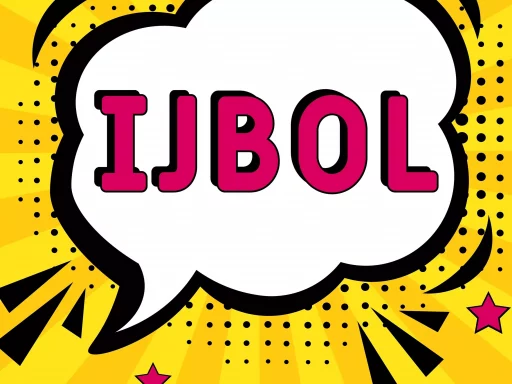Introduction to Fly Slang
In the ever-evolving landscape of language, slang plays a significant role, often acting as a cultural mirror reflecting the trends, attitudes, and societal norms of different groups. One such term that has gained traction in various circles is “fly.” Originally popularized in the 1980s, this slang term is used to denote something that is stylish, attractive, or exciting. In this article, we will explore the origins of the term “fly,” its evolution, prominent uses, and its cultural impact.
The Origins of Fly
The term “fly” emerged in urban African American vernacular English, particularly within the realm of hip-hop culture. It was initially a way to describe someone or something that stood out in a crowd due to their appearance or style. As hip-hop music and culture began to spread across the globe, so did the use of the term.
Contextual Use of Fly
Understanding the term “fly” goes beyond mere definitions; it encompasses a variety of contexts. Here are some ways the term is used:
- Fashion: “That outfit is fly!” – often used to compliment someone’s clothing choices.
- Appearance: “He looks fly tonight.” – used to describe someone’s overall appearance.
- General Excitement: “The party was fly!” – indicating that an event was enjoyable or exciting.
Examples in Popular Culture
Throughout the years, the term “fly” has found its way into popular culture, frequently appearing in music lyrics, movies, and television shows. For instance:
- Music: Artists like A Tribe Called Quest and Slick Rick have utilized the term in their songs, further embedding it into the hip-hop lexicon.
- Television: The 90s sitcom “Fresh Prince of Bel-Air” featured characters who often referred to things as “fly,” showcasing its prominence in youthful vernacular.
- Fashion Collaborations: High-profile collaborations featuring streetwear brands have embraced the term, with items labeled as “fly” appealing to younger consumers.
Why Slang Matters
Slang, including terms like “fly,” is crucial for several reasons:
- Cultural Identity: Slang helps define cultural identity, making individuals feel part of a particular group.
- Language Evolution: It illustrates how language evolves over time, reflecting changes in society and technology.
- Creativity: Slang encourages creativity in communication, allowing individuals to express themselves in innovative ways.
Case Studies on Fly in Social Media
With the rise of social media platforms, the use of slang has expanded exponentially. Examining how “fly” is utilized in online spaces can provide insight into its current relevance:
- Instagram: Influencers often use the term to describe their outfits or lifestyles, creating a visual representation of what “fly” looks like today.
- TikTok Challenges: Many challenges involve showcasing “fly” outfits, leading to viral trends that emphasize personal style.
- Twitter Trends: Memes and tweets utilize the term to comment on fashion fails or wins, prompting discussions around current trends.
Statistics on Slang Usage
According to a recent survey conducted by the Language Instinct Project:
- Over 60% of respondents aged 18-34 identified with slang, particularly terms in fashion and music.
- 76% of young people believe that using slang enhances communication.
- A staggering 85% reported that they use slang daily, indicating its deep integration into modern language.
The Future of Fly
As new generations adopt and adapt language, the term “fly” will likely continue to evolve. Influences from technology, media, and cultural changes will shape its meaning in the coming years. Its desirability in defining trendy and stylish remains steadfast, making it a term worth observing as we advance.
Conclusion
In summary, slang terms like “fly” highlight the dynamic nature of language and cultural identity. As it continues to be used in various contexts—from fashion to social media—it underscores the importance of understanding the words we use in shaping societal perceptions and connections. The next time you hear someone refer to something as “fly,” take a moment to appreciate its rich history and cultural significance.





